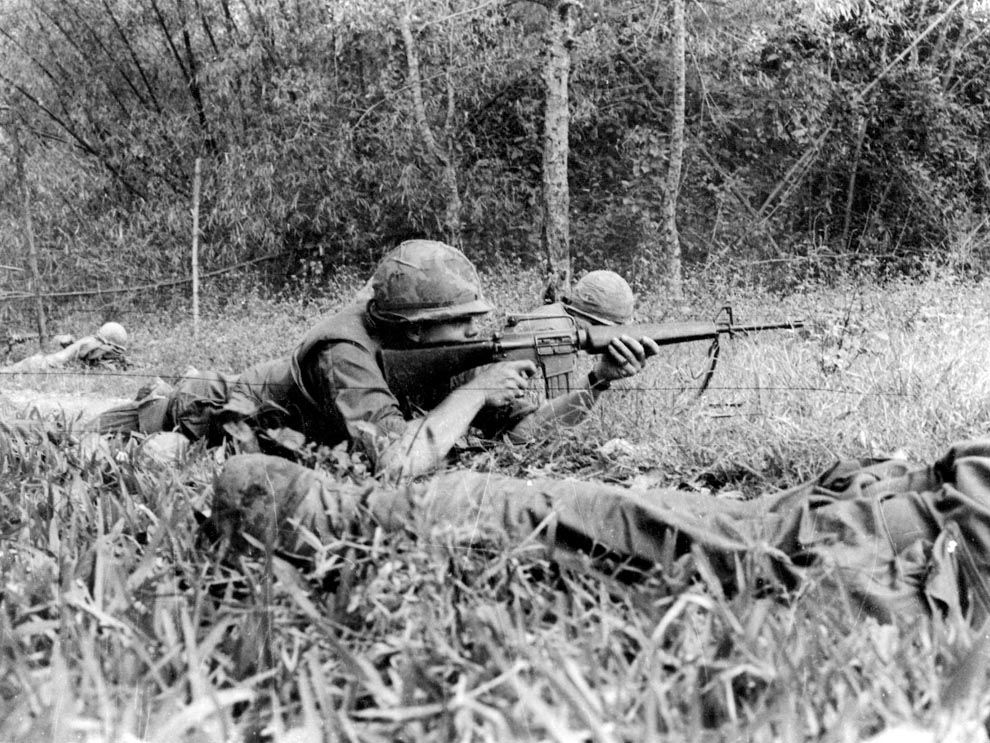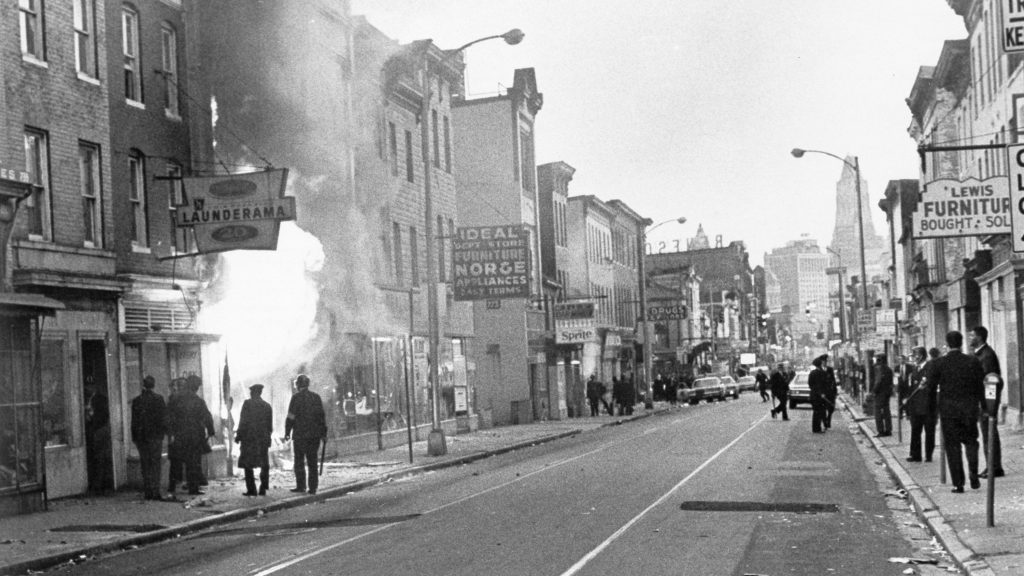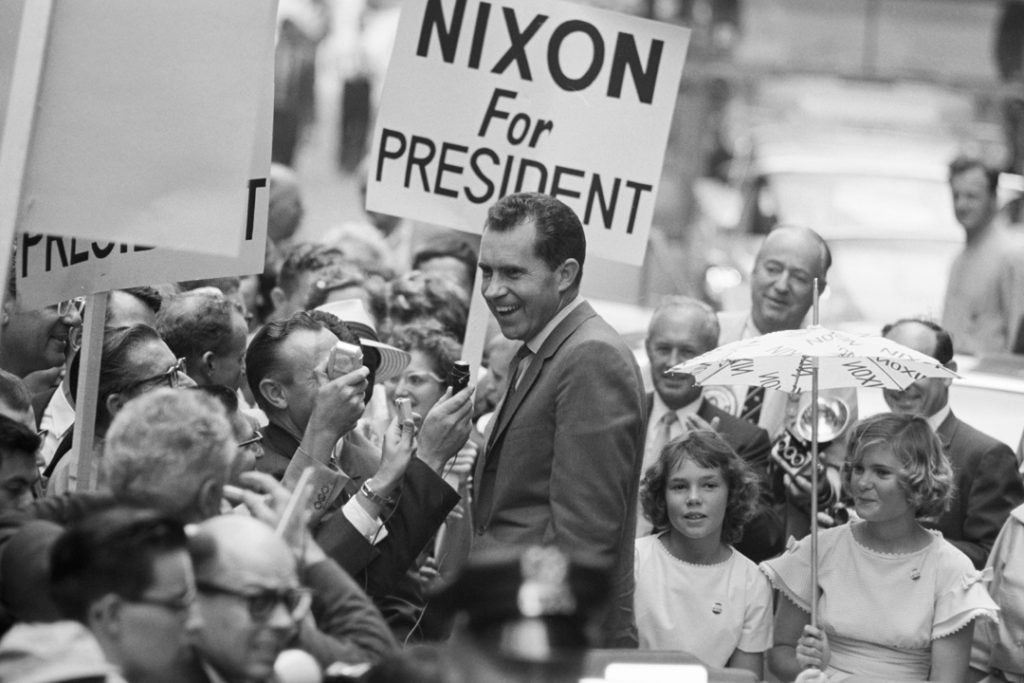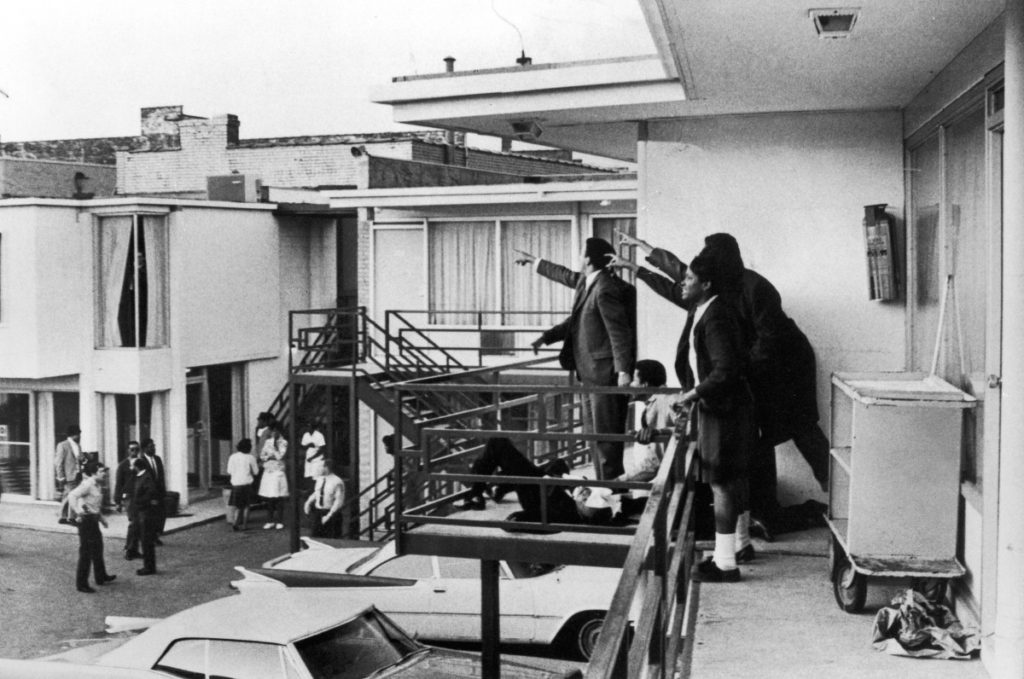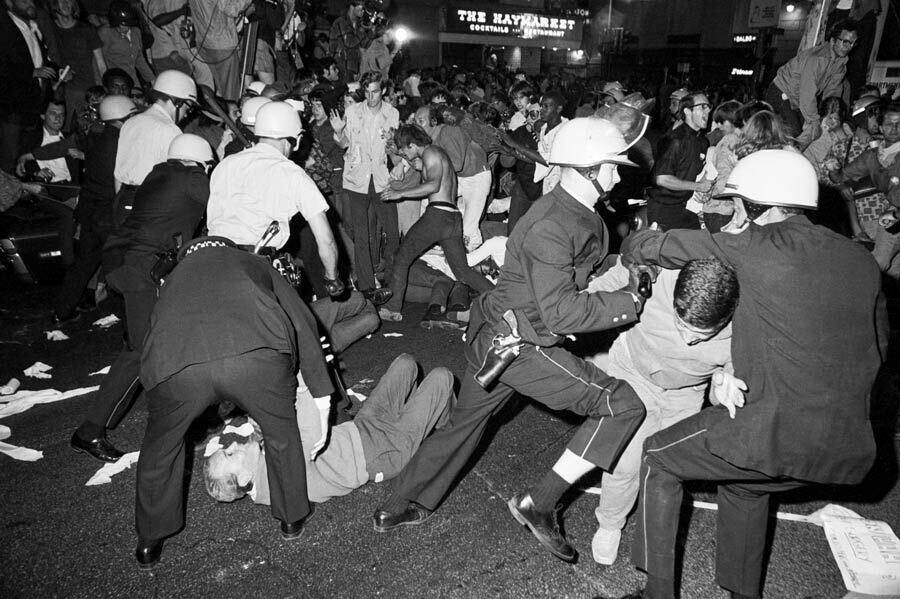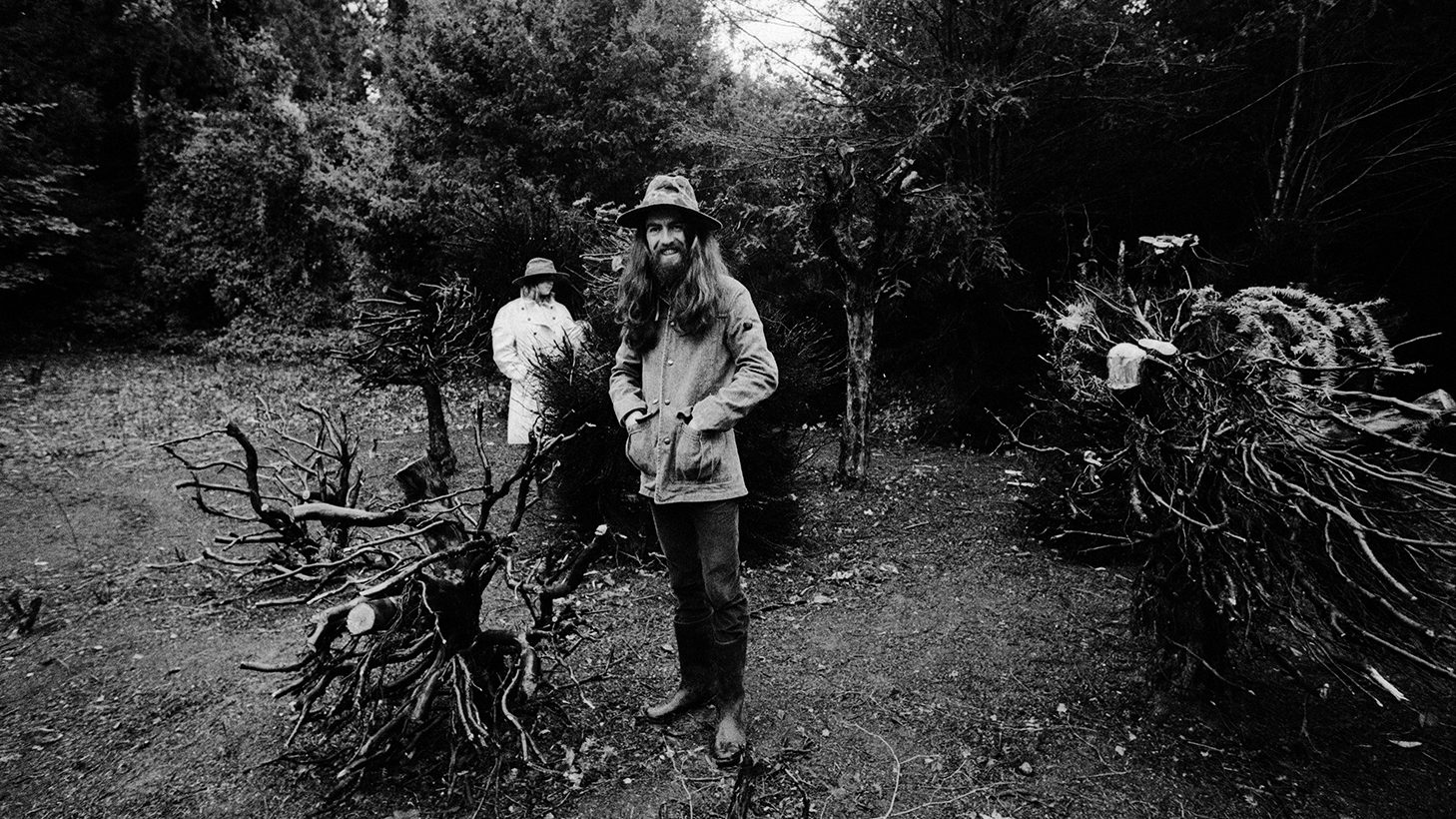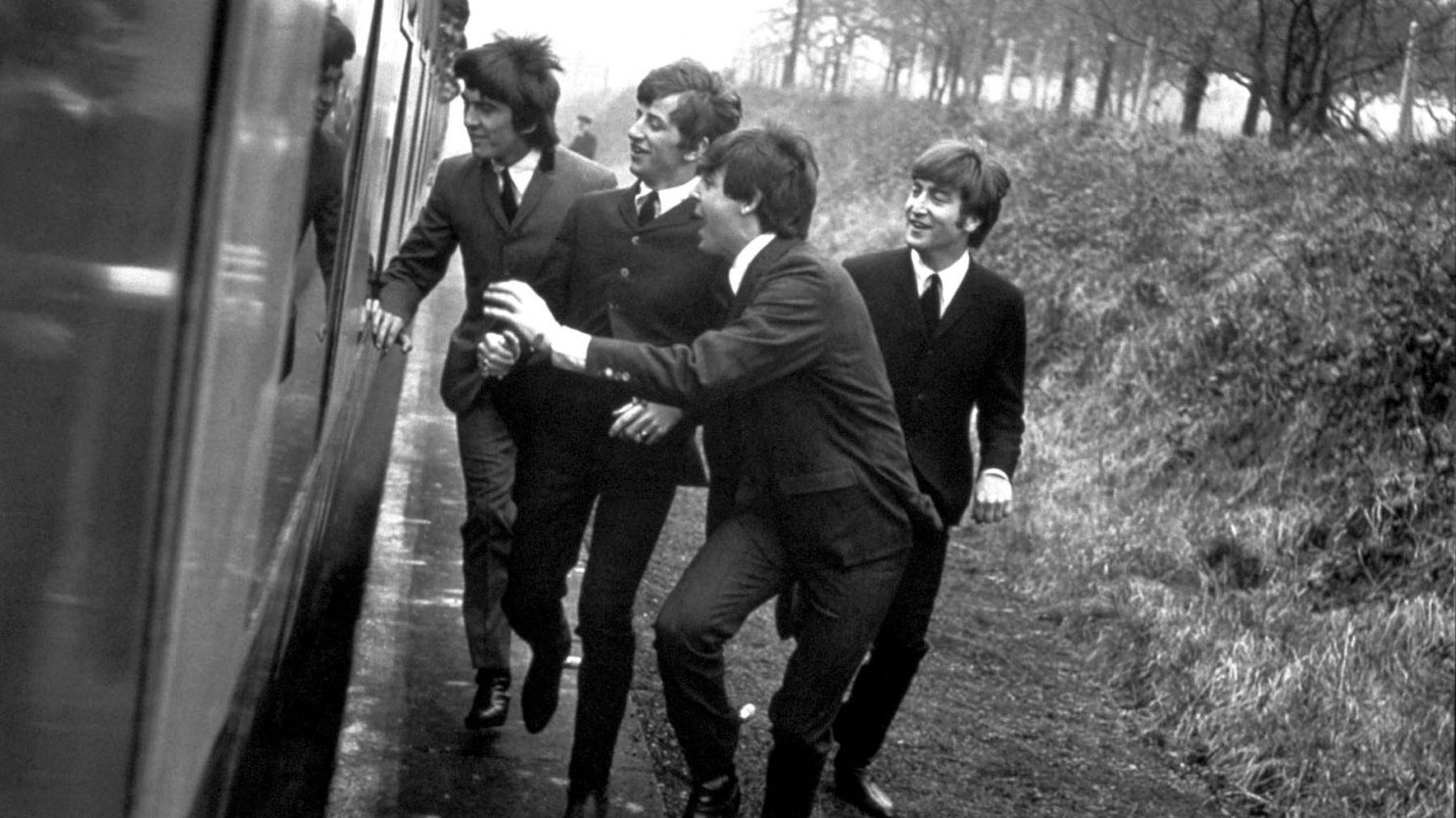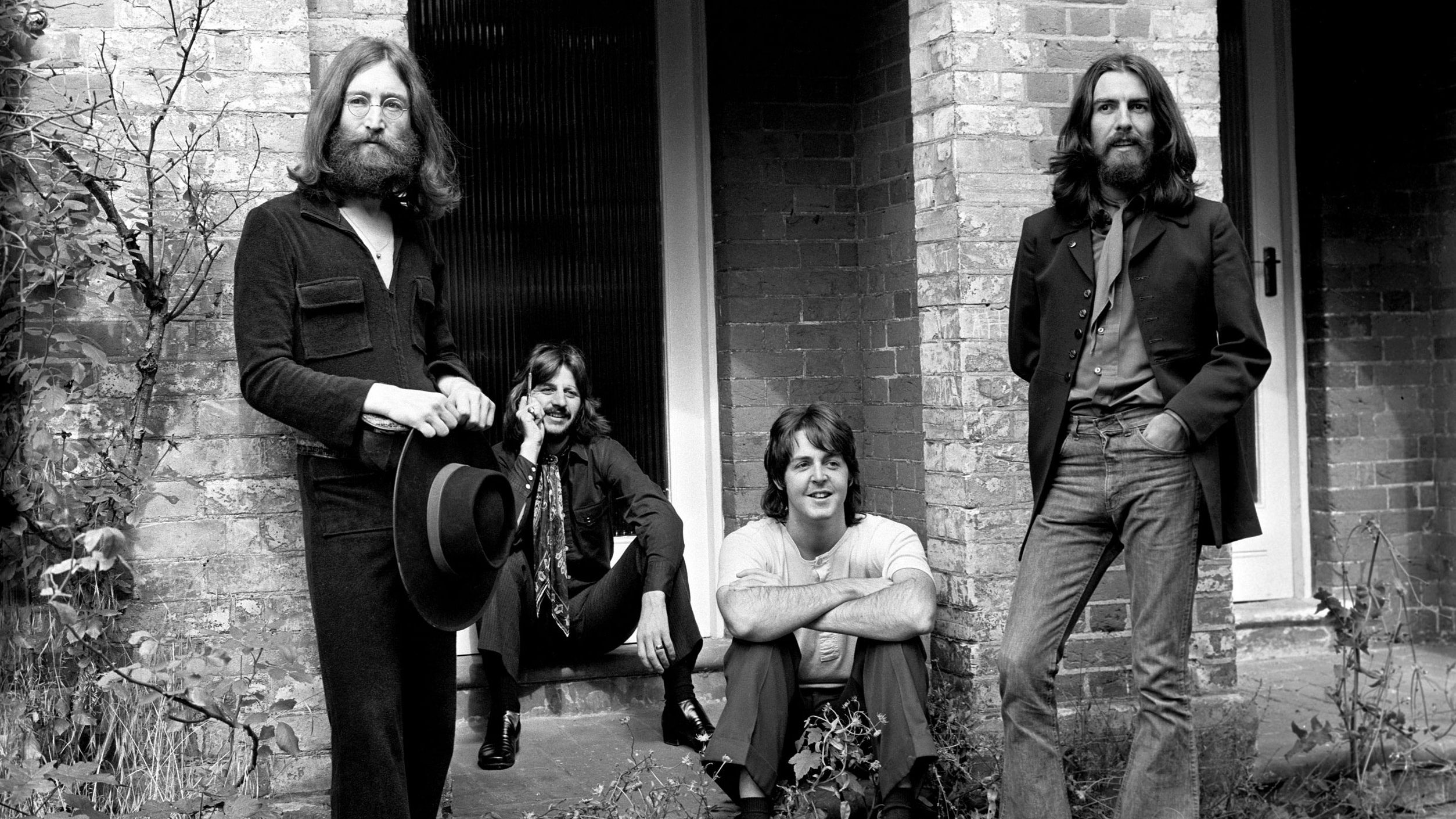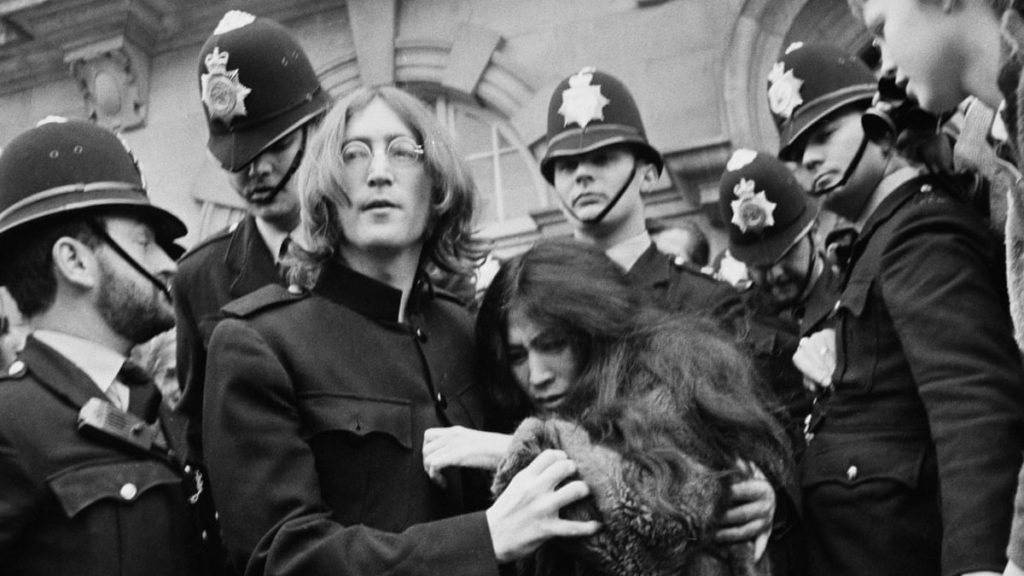
This piece is part of Strange Currencies Music’s month-long celebration of The Beatles.
You say you want a revolution? Well, don’t go looking for it in “Revolution 1,” with its whispered singing and unnecessary orchestral embellishments. The version on the “Hey Jude / Revolution” single is more a statement of ambivalence and disconnection than a call to arms. No, no, my friends. If it’s something revolutionary you seek, “Revolution 9” is the revolution for you.
John Lennon remarked that he – along with George Harrison and Yoko Ono – sequenced this eight-minute collage piece as an attempt to paint a picture of revolution using sound (the number nine was a particular obsession of Lennon’s). He was connected at the hip to an avant-garde artist during this era. Snippets of his voice (and hers) appear throughout the recording. So, you can be forgiven for crediting this primarily to John, but Yoko has insisted that it was George Harrison who instigated “Revolution 9” and pushed them to make it.
Regardless of who’s primarily to credit/blame for “Revolution 9,” it stands not only as a particular achievement of avant-garde music by The Beatles, but also the means by which this type of experimentation found its way into millions of headphones across the world. Maybe John Cage’s compositions were more influential within the walled confines of avant-garde artists and musicians, but the echoes of his body of work could never have had the ripple effect of one track on one album by the best-selling and most famous band in the history of the world. “Revolution 9” pushed the boundaries of what was acceptable to put on a rock album – in some ways as much as Sgt. Pepper did. It was, well, revolutionary.
But popularity and influence alone does not make something a great piece of art; Fleetwood Mac, yes, we’re glancing at you. To understand what makes “Revolution 9” a great piece of art, you must understand the context of 1968. In many ways, human society was wrenching itself apart all around the world. The Tet Offensive was brought into homes worldwide in vivid color on the nightly news, as body counts climbed higher like an orange, flaming napalm cloud. Rioters burned down large parts of American cities, and some of the clearest voices for peace and justice – indeed for conscience – were silenced by assassin’s bullets. Demonstrators busted out of the seams of the quiet facades of unity and prosperity that had been hastily erected by post-war American complacency.
The “White Album” is both a product and a reflection of this turmoil. There’s no close harmonies singing “Yeah, yeah, yeah” in unison. This is not the product of Lennon/McCartney as much as it is an expression of John Lennon and of Paul McCartney – and of George Harrison, and yes, even of good ‘ol Ringo. The record pendulates between extremes: for every “Helter Skelter,” there is a “Long, Long, Long”; for every good-rocking, fun-time Saturday night “Back in the USSR,” there is an earnest Sunday morning plea to Prudence. “Good Night” – with its nestling, syrupy, welcoming, safe conclusion to the record – could only have been preceded by something as terrifying and disorienting as “Revolution 9.”
But, even devoid of context, “Revolution 9” is a staggering piece of work. It ebbs and flows, rises and falls, like any narrative. It becomes clear on repeated listens just how carefully it was constructed and mixed. It does paint a picture – one that will unavoidably be unique and different for each listener. It forces the listener to engage with it. This is not easy listening. This is not background music. This is challenging. This is jarring. This is revolution.

